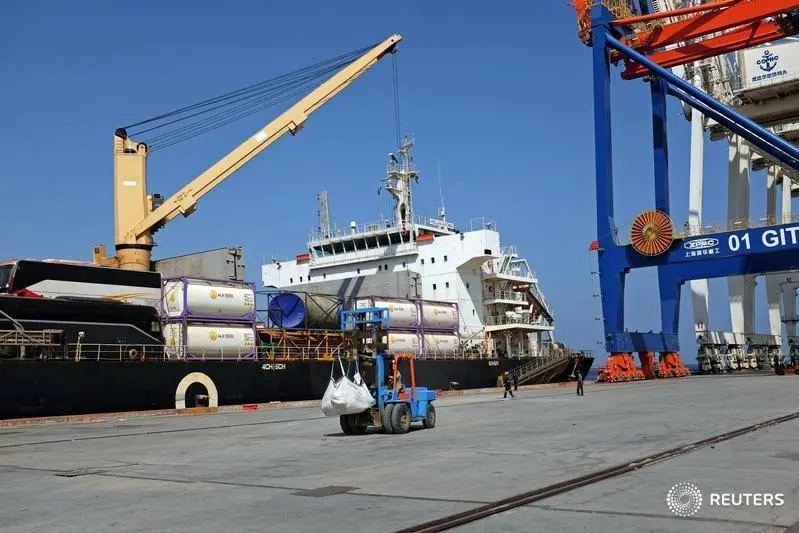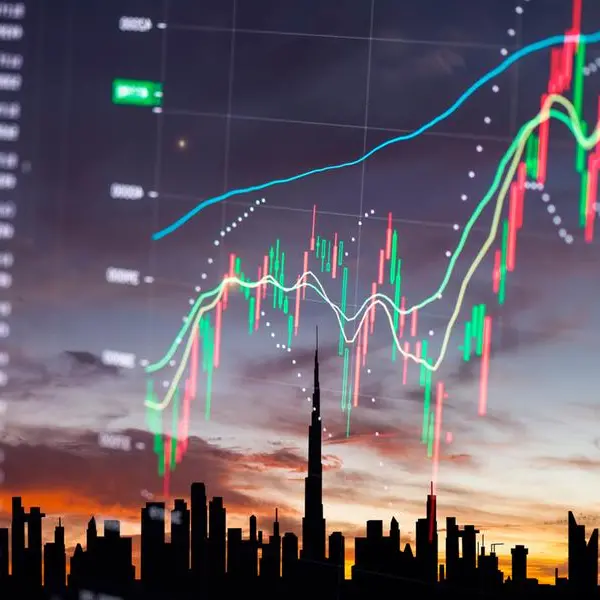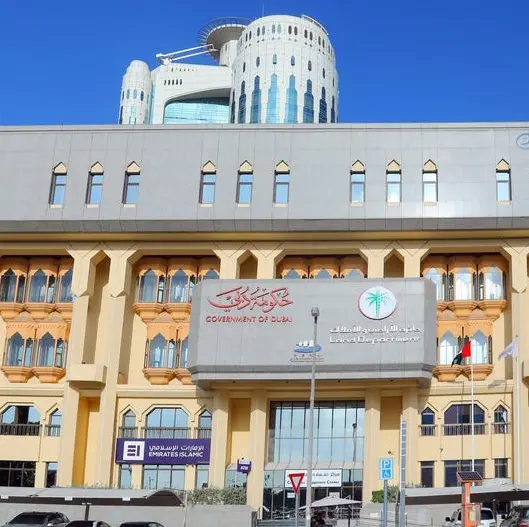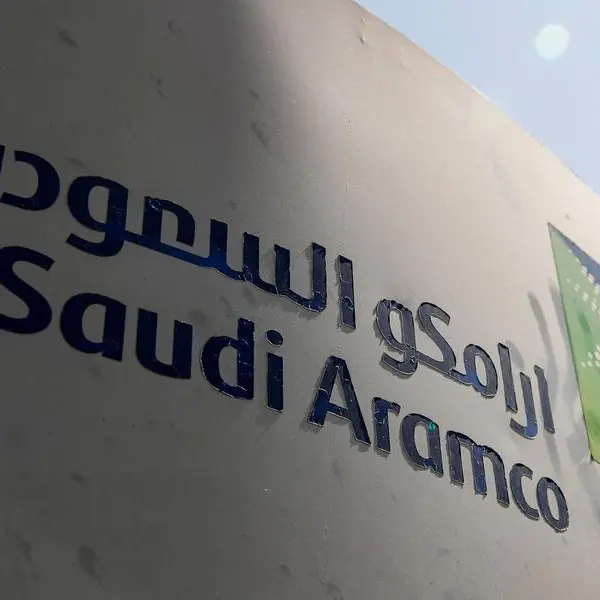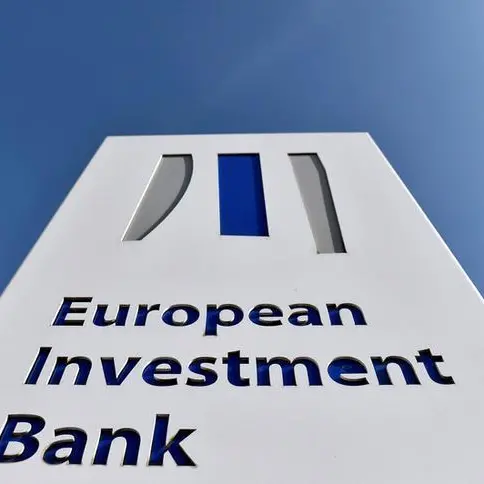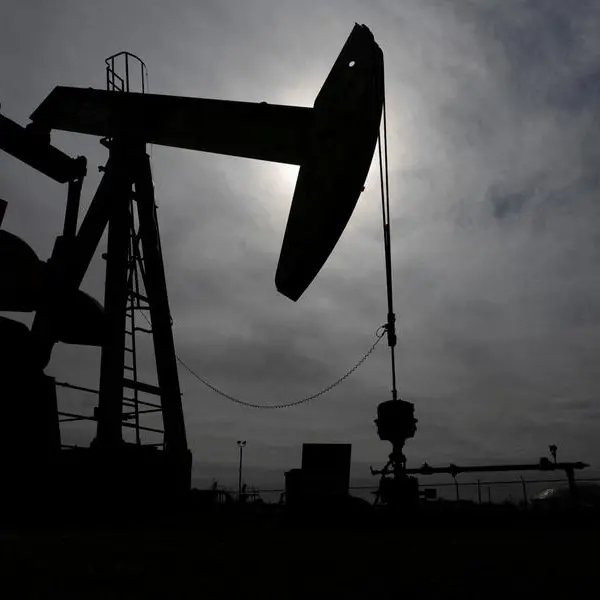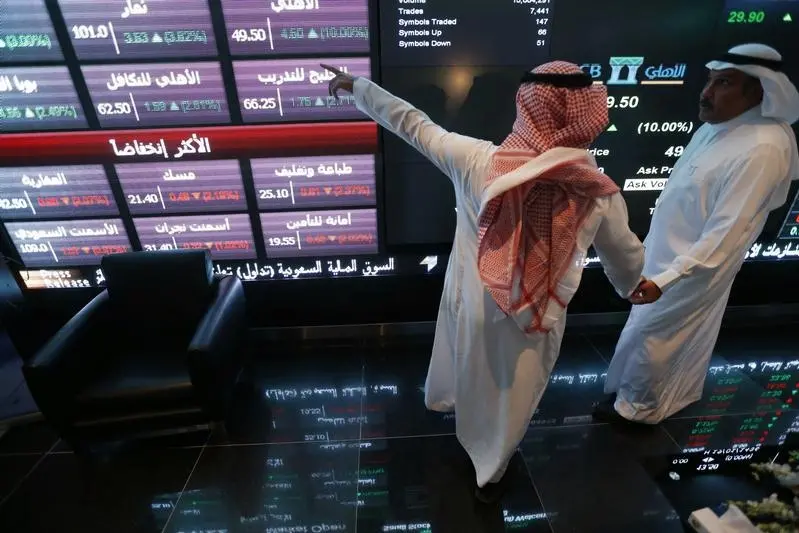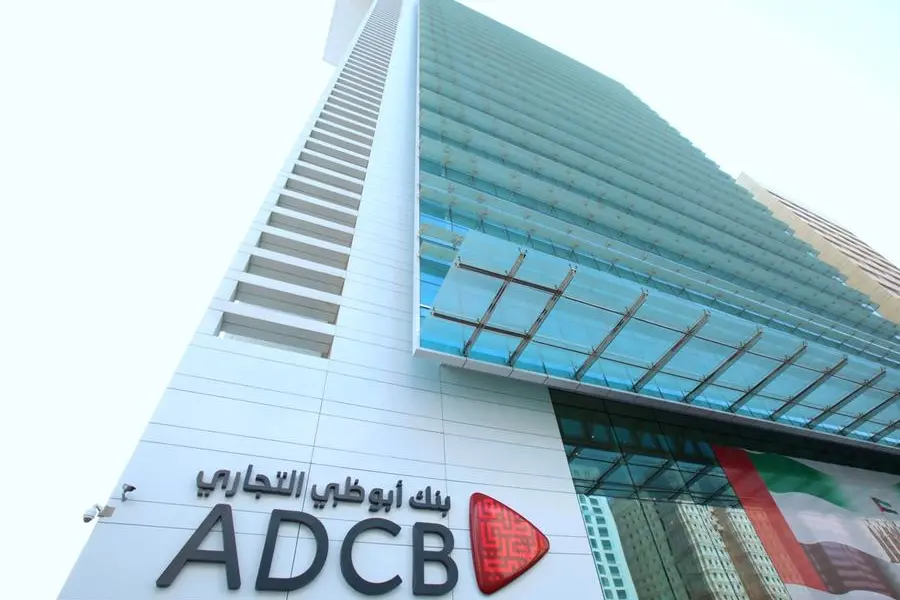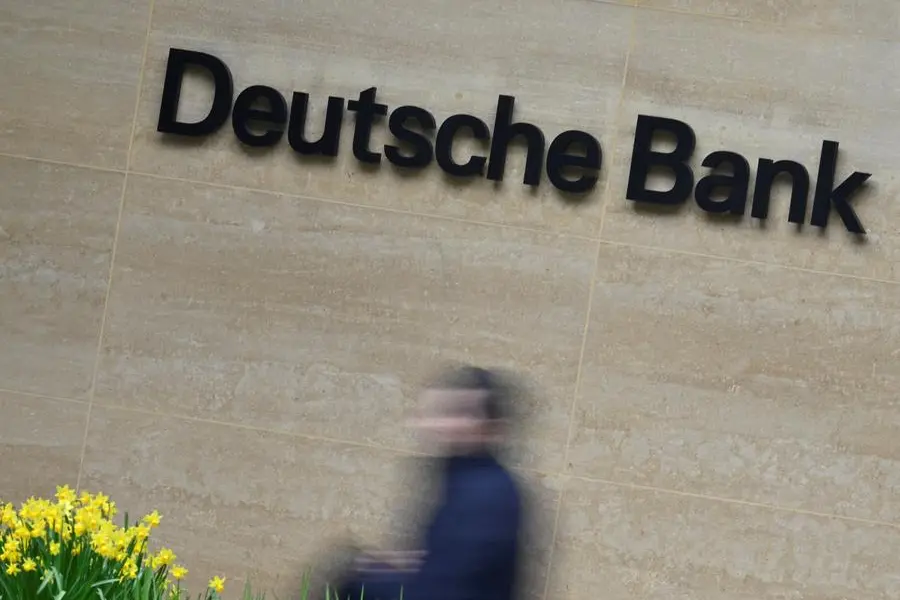PHOTO
A general view of Gwadar port in Gwadar, Pakistan October 4, 2017.
HONG KONG - Pakistan is demonstrating the limit of China’s opaque largesse. A possible bailout of the South Asian nation has raised new questions about its Chinese debts. The secret nature of Beijing’s support is a big part of the problem. To be sustainable, the country’s “Belt and Road” plan requires more clarity about its terms and conditions.
Pakistan’s new government may need more than $12 billion to head off a looming crisis, Asad Umar, the country’s expected new finance minister, said this week. His comments came just days after U.S. Secretary of State Mike Pompeo warned that any fresh International Monetary Fund support should not bail out Chinese creditors.
Little is known about the details of China’s lending in the South Asian nation – remarkable considering the size of the China-Pakistan Economic Corridor, a collection of projects worth roughly $60 billion. Some Chinese-backed power plants involved government-guaranteed rates of return of up to 34 percent, in U.S. dollars, for three decades, the Wall Street Journal reported last month. Greater transparency around such deals now looks likely – either as a response to mounting public criticism or because a mooted IMF rescue could force the government to crack open the books.
Pakistan is not the only country where opaque Belt and Road lending risks coming to light. Malaysia has frozen more than $20 billion of China-backed infrastructure projects that the new government says are unfair. Officials suspect nearly $700 million may have been diverted to aid 1MDB, a scandal-plagued fund tied to former Prime Minister Najib Razak, the WSJ reported this week.
Such episodes hint at an overarching problem: Beijing’s often secretive, sometimes unsustainable lending amounts to a bet on a country’s current leadership. If power changes hands, China is forced to either double down on a new set of officials, or risk painful forced transparency and even renegotiations.
More openness from the start might prod recipient governments to demand better terms on Chinese loans. It might also create wider public support, ensuring that the projects continue even after a change in government. Both would make Beijing’s lending stickier in the long term. Without more transparency, the future of China’s flagship initiative looks very hazy.
On Twitter https://twitter.com/cbeddor
CONTEXT NEWS
- Asad Umar, widely tipped to become Pakistan’s next finance minister, said the South Asian nation could need more than $12 billion in funding to head off a crisis, Bloomberg reported on Aug. 2. He said that a decision would need to be made within six weeks.
- U.S. Secretary of State Mike Pompeo said on July 30 that the American government “will be watching” how the International Monetary Fund approaches Pakistan. Pompeo said there is “no rationale” for the IMF to provide a bailout for the country that would in turn rescue Chinese lenders or the state.
- For previous columns by the author, Reuters customers can click on
- SIGN UP FOR BREAKINGVIEWS EMAIL ALERTS: http://bit.ly/BVsubscribe
(The author is a Reuters Breakingviews columnist. The opinions expressed are his own.)
(Editing by Peter Thal Larsen and Katrina Hamlin)
© Reuters News 2018
